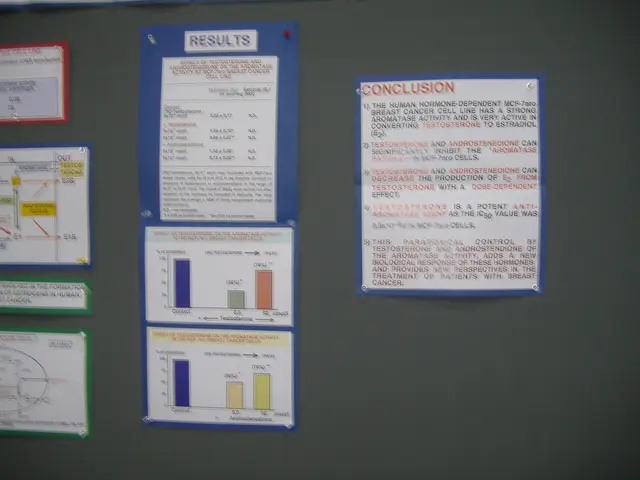Software Development Life Cycle (SDLC) V-Model: Engineering Approach for Software Construction
The SDLC V-Model is a method of software development that integrates testing and validation alongside each development phase. This approach, which is highly disciplined and structured, offers several advantages, making it suitable for projects with well-defined, stable requirements and a need for high reliability and quality.
Advantages of the SDLC V-Model
The V-Model places a strong emphasis on early verification and validation, enabling early defect detection and enhancing product quality. Each development phase has a corresponding testing phase, which improves traceability between requirements and the final product, and facilitates accurate progress tracking and improved communication between the customer and development team.
- Clear and Structured Approach: The V-Model's disciplined nature makes it simple to understand and manage.
- Early Defect Detection: The V-Model's focus on early verification and validation helps in detecting defects at an early stage.
- Clear Traceability: The V-Model provides a clear link between the development and testing phases, making it easier to trace and manage changes to the software.
- Improved Communication: The V-Model facilitates better communication between the customer and development team due to its structured approach.
- Suitable for Projects Requiring High Quality: The V-Model is especially suitable for small projects with clear, fixed requirements and projects requiring high reliability and quality, such as healthcare software.
Disadvantages of the SDLC V-Model
However, the V-Model also has its drawbacks. Being linear and sequential, it is inflexible and poorly suited to projects where requirements may change or are unclear. It does not support iteration or accommodate unforeseen changes well. Additionally, the V-Model can be time-consuming and resource-intensive due to extensive documentation and testing requirements, leading to higher costs and potential delays.
- Inflexible to Requirement Changes: The V-Model is not well-suited for projects where requirements may change or are unclear.
- Time-Consuming with Heavy Documentation and Testing: The V-Model can be resource-intensive, expensive, and time-consuming due to extensive documentation and testing requirements.
- Not Suitable for Complex or Evolving Projects: The V-Model is ill-suited for complex, object-oriented projects and can pose high risks and uncertainties under changing circumstances.
Phases of the SDLC V-Model
The V-Model consists of both Verification and Validation phases. In the Verification phases, business requirements are analysed, system design, architectural design, module design, and coding are carried out. Validation phases include Unit Testing, Integration Testing, System Testing, and User Acceptance Testing (UAT).
- Business Requirement Analysis: In this phase, product requirements are cured from the customer's perspective.
- System Design: This phase involves planning out the overall structure of the software and developing both high-level and detailed designs.
- Architectural Design: This phase involves comprehending and designing architectural specifications.
- Module Design: This phase specifies the comprehensive internal design for every system module.
- Coding Phase: This is where the software is actually built, and developers write the code based on the design created in the previous phase.
- Unit Testing: This involves developing Unit Test Plans during the module design phase and executing them to eliminate bugs in code or at the unit level.
- Integration Testing: Performed after completion of unit testing, this phase verifies the communication of modules among themselves.
- System Testing: This tests the complete application with its functionality, inter-dependency, and communication.
- User Acceptance Testing (UAT): This is performed in a user environment that resembles the production environment. UAT tests the developed application to determine whether it meets the customer's expectations and requirements.
- Verification Phase: The Verification phase includes a static analysis technique called review, done without executing code.
- Overall Quality Assurance: The V-Model enhances overall quality assurance by incorporating testing operations at every level.
- UAT Verification: UAT verifies that the delivered system meets the user's requirement and the system is ready for use in the real world.
In summary, the SDLC V-Model is a highly disciplined and structured approach to software development. It emphasizes early verification and validation, enabling early defect detection and enhancing product quality. However, it is inflexible to requirement changes and can be time-consuming and resource-intensive. The V-Model is best applied in projects with well-defined, stable requirements and where quality and thorough testing are critical.
References: [1] Software Development Life Cycle Models, n.d., Retrieved from https://www.guru99.com/sdlc-models.html [2] SDLC V-Model, n.d., Retrieved from https://www.edureka.co/blog/sdlc-v-model/ [3] The V-Model, n.d., Retrieved from https://www.tutorialspoint.com/sdlc/sdlc_v_model.htm [5] SDLC V-Model Explained, n.d., Retrieved from https://www.pmi.org/learning/thought-leadership/pulse/sdlc-v-model-explained
Read also:
- Tesla is reportedly staying away from the solid-state battery trend, as suggested by indications from CATL and Panasonic.
- Online Advertising Consent Framework Faced with Significant Ramifications According to Belgian Data Protection Authority's Decision
- Server Hazards: Top 4 Pests Imperiling Your Data Center and Preventive Measures
- U.S. Accuses Chinese Individuals of Illegally Exporting Nvidia Artificial Intelligence Processors to China



